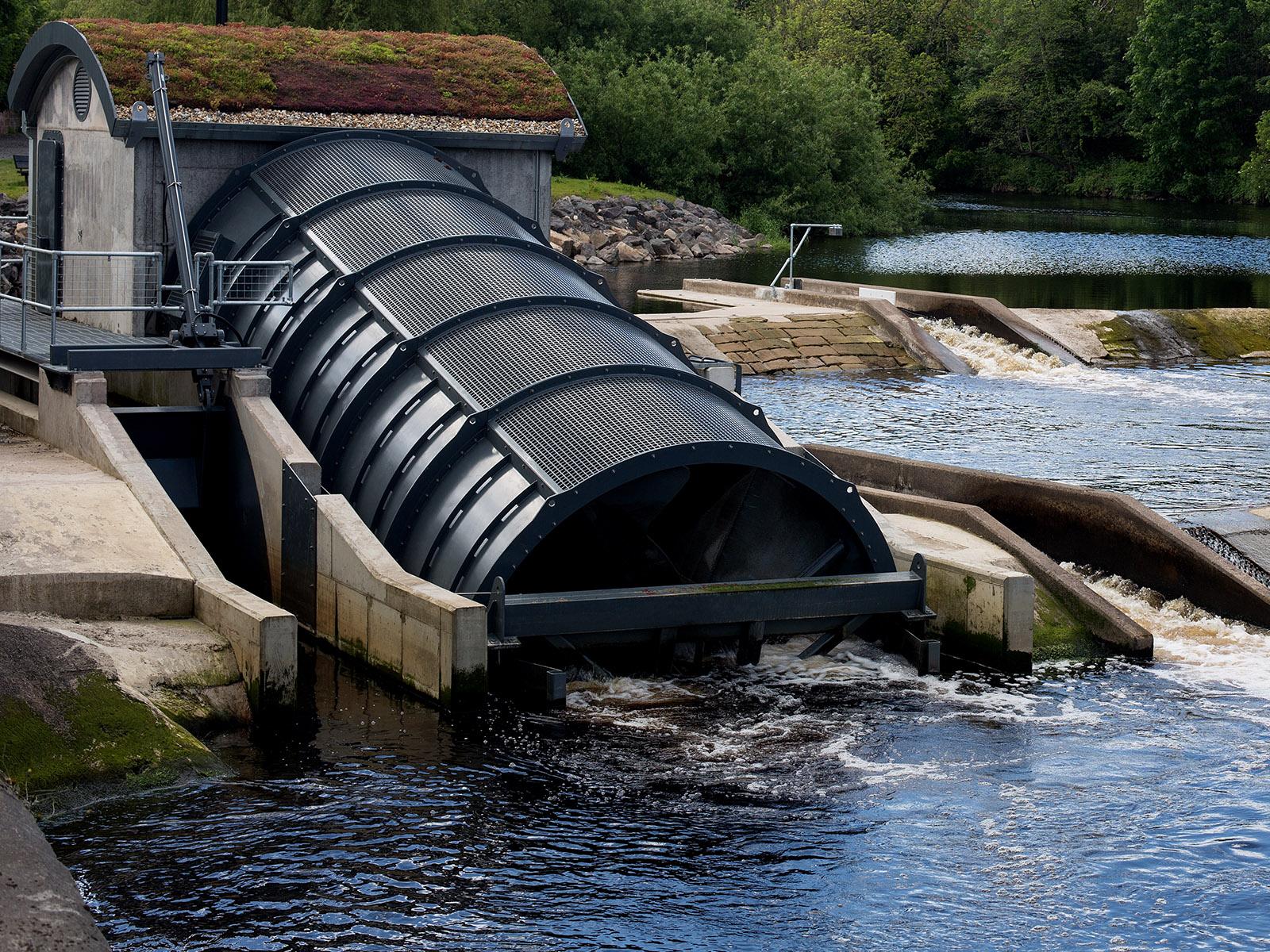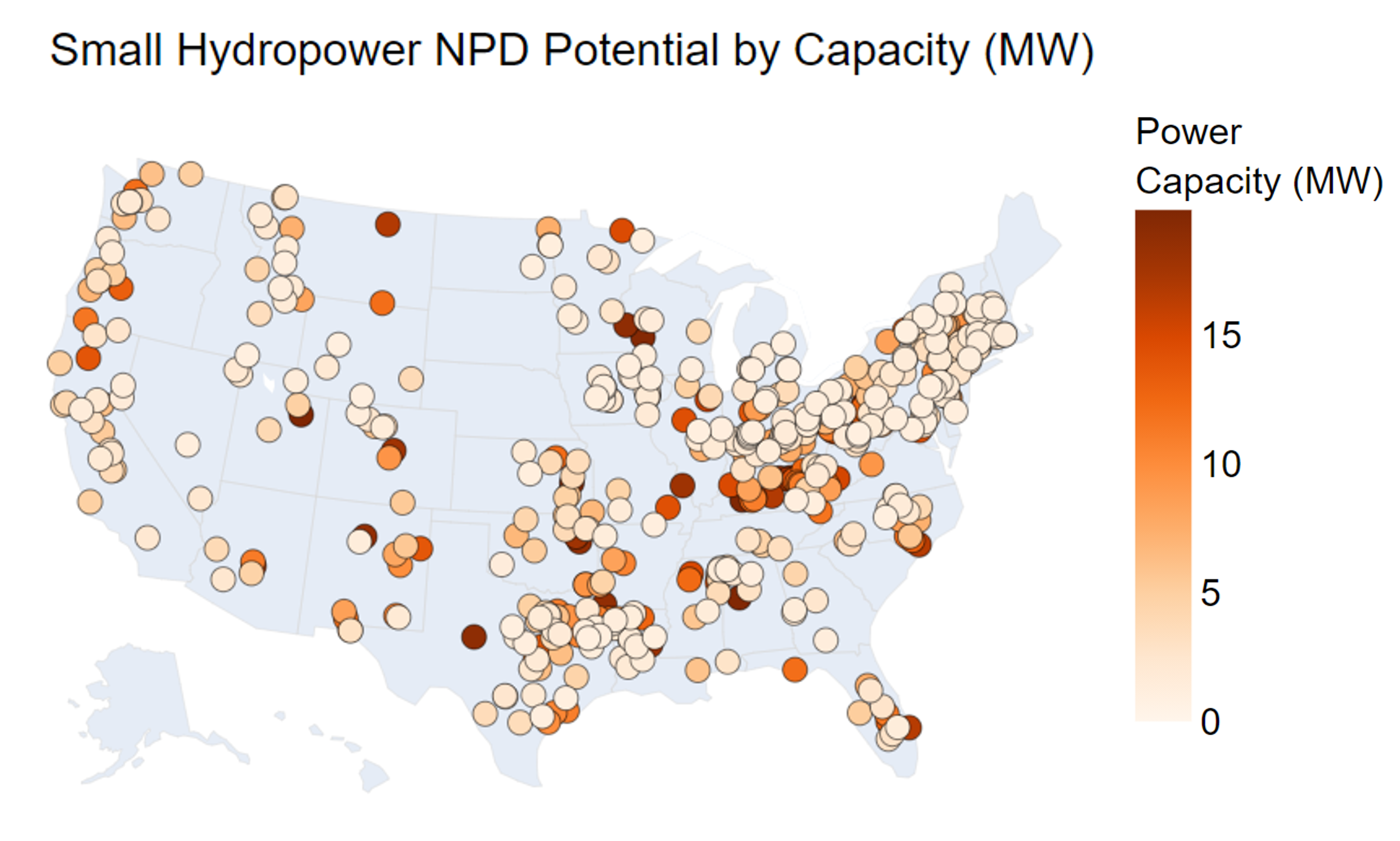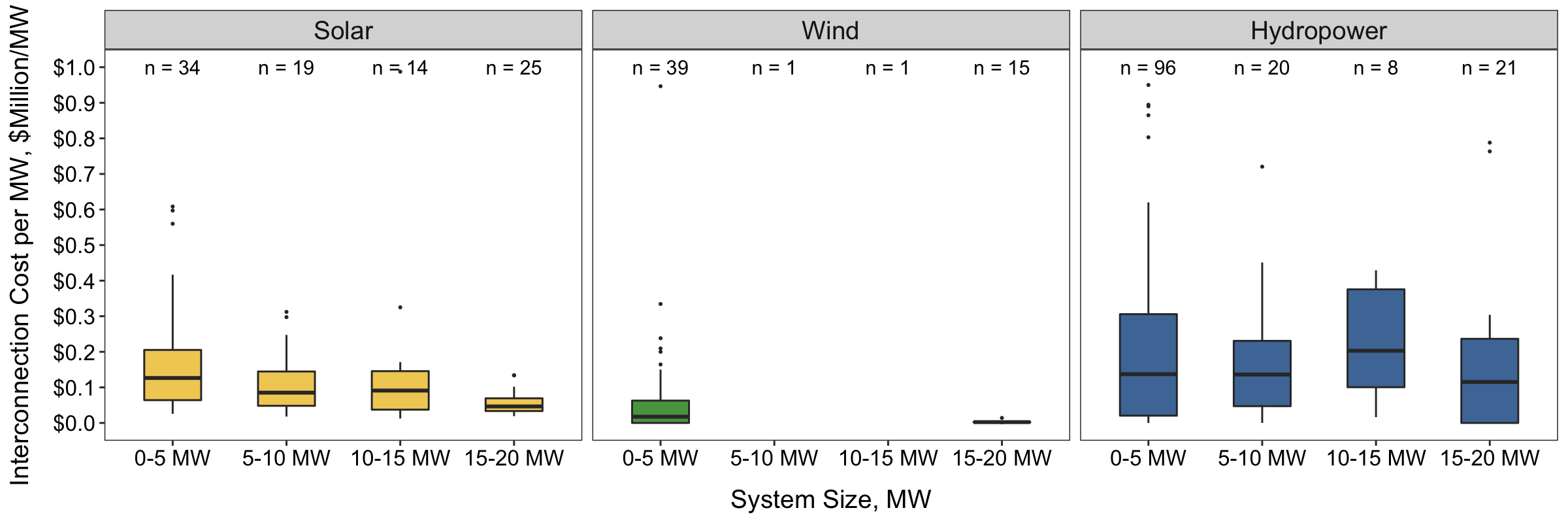Small Hydropower Grid Interconnection
Small Hydropower Grid Interconnection
Navigating the challenges of connecting hydropower to the electrical grid

Researchers at Pacific Northwest National Laboratory and Oak Ridge National Laboratory identified challenges to grid integration of small hydropower development projects and best practices to overcome them.


